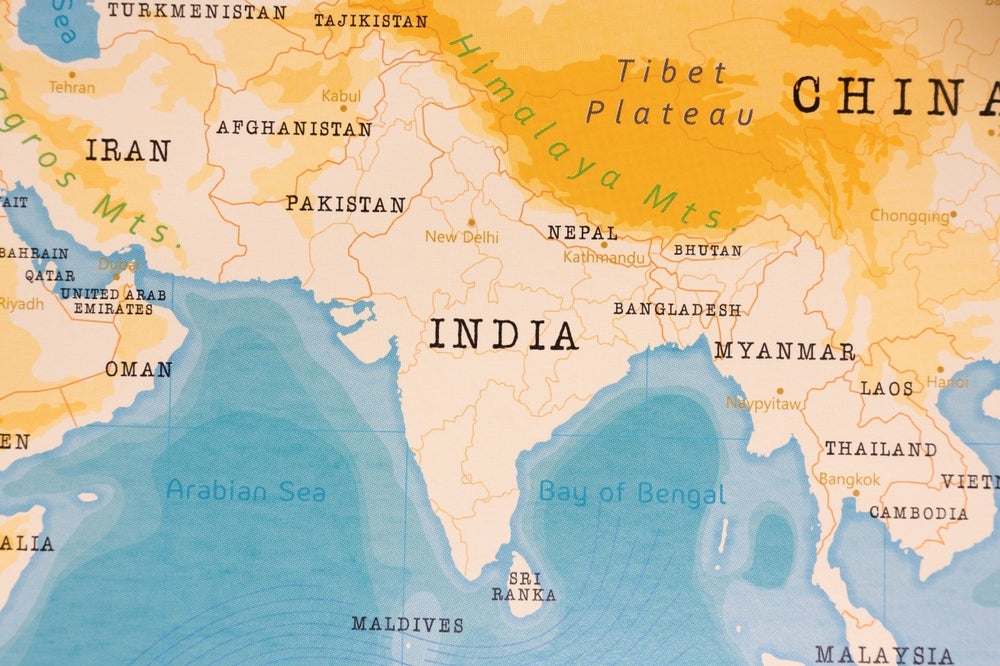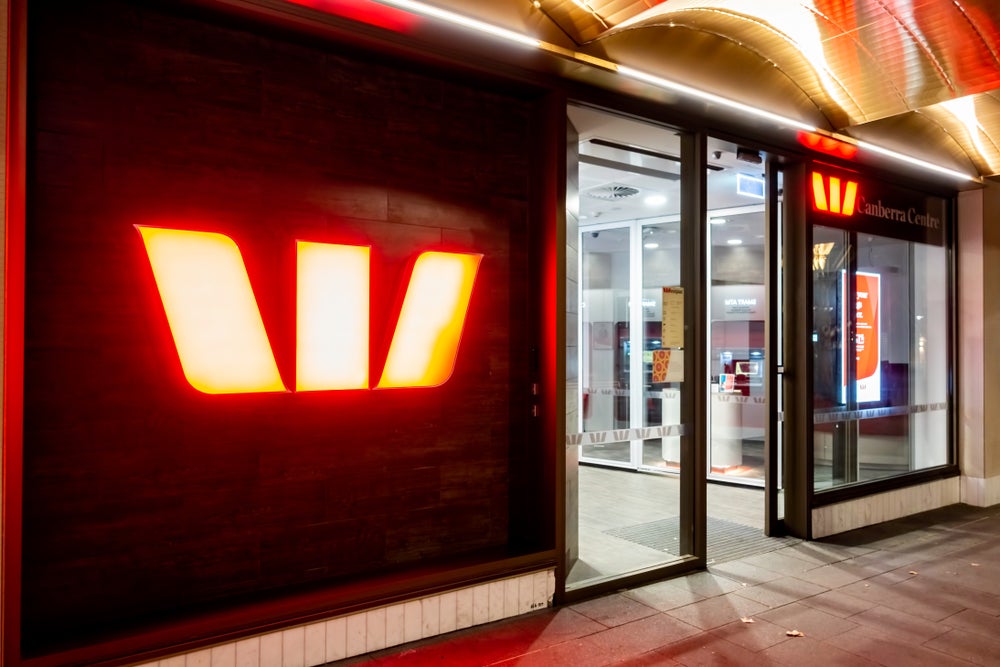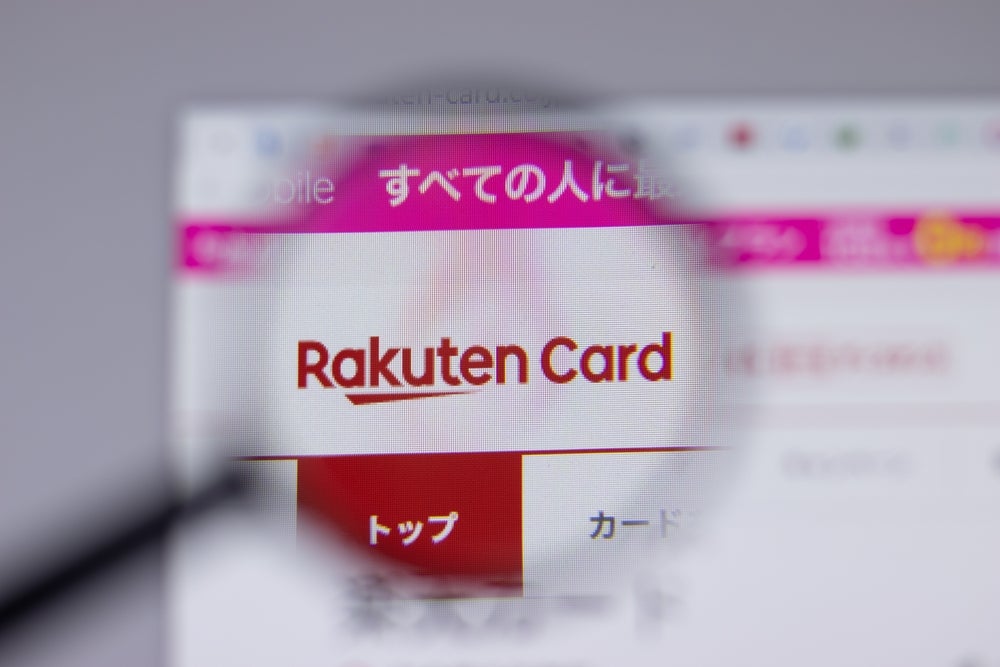Private-label cards are an important revenue stream for issuers,
and moving on from their beginnings as a niche offering they are
now becoming increasingly important in the mainstream payments
space, particularly for retail and fleet cards. Justin
Bandy reports.
Private-label cards are redefining their niche in the global
cards marketplace. Long seen as a loyalty tool for retailers, they
are morphing into more sophisticated payment vehicles, such as
hybrid cards which have both private-label and co-branded
functionality. Private-label cards have a significant footprint in
the global cards and payments industry. “Private-label cards are
our heritage,” said Mark Begor, president of GE Consumer Finance –
Americas, during an investor presentation in July 2006.
Increasingly, third-party issuers are taking over the processing
and risk management aspects of the business, leaving the marketing
and distribution tasks to retailers that have strong channels for
such activities. This is creating a more efficient business model
for the private-label cards businesses that is likely to lead to
the increased consolidation of the business throughout the
globe.
Functions for retailers
 For retailers, private-label
For retailers, private-label
cards serve three primary functions. First, they are a source of
fee and interest income. Private-label cards often charge higher
interest rates than credit cards – as much as 5 to 7 percent more
in the US, and 4 to 15 percent more in the UK. They can come with a
variety of fees that provide a secondary stream of revenue.
Second, private-label cards are an important way of generating
spending and increasing customer loyalty. According to Steve
Sadove, CEO of luxury retailer Saks, 45 percent of the company’s
$2.7 billion of sales in 2005 were made on its private-label
card.
How well do you really know your competitors?
Access the most comprehensive Company Profiles on the market, powered by GlobalData. Save hours of research. Gain competitive edge.

Thank you!
Your download email will arrive shortly
Not ready to buy yet? Download a free sample
We are confident about the unique quality of our Company Profiles. However, we want you to make the most beneficial decision for your business, so we offer a free sample that you can download by submitting the below form
By GlobalDataFinally, private-label cards are an important tool for gathering
data. Retailers are able to gather a variety of information about a
customer’s spending habits and preferences, allowing it to create
targeted marketing or promotional campaigns for cardholders.
The line between private-label cards and co-branded cards is
starting to blur in several markets. Many issuers offer co-branded
cards that function as private-label cards at the retailer that
bears its logo. An example is the Wal-Mart card which is issued by
GE Money and functions on the Discover network. For purchases made
at Wal-Mart, the card acts as a private-label card, but for
purchases at any other retailer on the Discover network, the card
acts as a normal co-branded card. This arrangement was preferred by
Wal-Mart as it allowed the retailer to avoid interchange fees,
since transactions were processed on a closed-loop in-house
network. For GE and Discover, this arrangement allows their card to
be used for non-Wal-Mart purchases, generating higher transaction
volumes and potentially more interest income.
Another relationship between private-label cards and co-branded
cards is the strategic selling of co-branded offerings to
private-label customers. Saks recently started offering a
co-branded MasterCard credit card issued by HSBC to customers that
already own one of the retailer’s private-label cards. Saks had
previously sold its private-label portfolio to HSBC in 2003.
Issuers are also cross-selling private-label cards to existing
customers. In 2006, as part of its acquisition of the 13 million
private-label cards in the Kohl’s portfolio, JPMorgan Chase
announced it would cross-sell Kohl’s cards to its existing
customers to boost the retailer’s business.
Fleet cards
Fleet cards are another major area for private-label cards
worldwide. These cards are used to pay for petrol for company
vehicles, and often come with a rewards component to encourage
spending at a particular petrol retailer. Citibank is a major
player in the global fleet card business. Its Fleet Card offers
built-in controls that allow companies to choose the types of
spending permitted for their drivers, such as petrol or maintenance
costs. In conjunction with global fuel and energy company Shell,
Citibank has co-branded private-label cards in several markets,
including the US, Hungary and the Czech Republic.
Many smaller organisations are important players in the global
fleet card market. One such organisation is Retail Decisions (ReD),
which has operations in Australia, the UK and several continental
European countries. For its European Diesel Card, ReD highlights
the ease with which customers can make cross-border payments using
one card, as well as the ability for companies to streamline
purchase records. Some niche fleet card players have been purchased
by other fleet card companies. In 2006, FleetCor, a US-based fleet
card issuer, purchased CCS, the market-leading fuel card operator
in the Czech Republic, and Keyfuels, a leading fuel card operator
in England.
Private-label cards are also incorporating some of the
technological innovation that is reshaping other types of cards.
Chief among these changes is contactless technology. GE Money has
launched a contactless private-label card in the US with Meijer, a
grocer based in the state of Michigan. The programme uses
MasterCard’s PayPass contactless technology, and to implement it
Meijer had to upgrade 8,500 POS terminals. According to GE,
customers using the contactless card spend one-third more than
those using other cards.
JPMorgan Chase may also expand its blink contactless programme
to incorporate private-label cards.
Marketing and distribution
One of the major differences between private-label cards and
other financial cards is the way they are marketed and distributed.
Most retailers understand the link between private-label offerings
and loyalty. As a result, private-label cards often offer bigger
rewards relative to the amount of spending they generate than do
credit or debit cards.
In the US, it is typical for private-label cards to offer deep
discounts off the initial purchase with the card, often 10 percent
or more. In certain cases, private-label cards come with rewards
points and 0 percent financing.
Retailers and issuers are coming up with creative ways to
distribute private-label cards. Since the cards are targeted at
existing shoppers, many retailers attempt to distribute them
through in-store promotions or customer mailing lists. Retailers
often instruct their sales staff to cross-sell private-label cards
at the check-out.
Several issuers are using private-label cards to expand their
card base to customers who may not qualify for credit cards. GE
Money has launched its Road to Credit programme which offers
private-label cards to customers with credit lines as low as $75.
Partnering with seven retailers, including Wal-Mart, GE Money
started the programme with 12,000 customers in late 2004 and now
has more than 50,000 new customers who did not previously have a
plastic card with a credit facility.
Market consolidation
A growing trend in recent years in many markets has been the
consolidation of private-label cards into the hands of a few
mega-players. Nowhere is this more evident than in the US, where
the top three players control 75 percent of the market. Brazil is
also highly concentrated: the top three issuers control 62 percent
of the market.
A number of factors support this consolidation. One is that
major card issuers often have the risk management and data
management skills that retailers lack. In the US, several major
retail portfolios were sold at a discount to banking players after
the retailers had suffered significant credit losses on their
private-label portfolios. For example, when FleetBoston Financial
acquired the receivables and cash reserves associated with Circuit
City’s MasterCard and Visa portfolio in 2003, it paid only $1.3
billion, even though the portfolio had a value of $1.5 billion. At
the time of the sale, Circuit City had been struggling with losses
from its credit card operations.
Another reason for this consolidation is that partitioning of
the private-label cards business between marketing and back-office
functions is a more efficient way of running a private-label
programme. Third-party processors can often reap economies of scale
on the processing and risk management side. This leaves the
marketing and distribution function to retailers, which are already
well positioned to perform this duty.
Brazil
Of all emerging markets, Brazil has seen one of the fastest
rates of growth of private-label cards. According to Medida Certa,
a research firm, there are 115 million private-label cards in
Brazil, up 136 percent since 2000. This outpaced the 128 percent
growth in credit cards and 105 percent growth in debit cards in the
market during the same time period. According to Ibope, another
market research firm, the number of private-label cards in Brazil
will rise by 16 percent in 2007, and the total value of turnover on
the cards will be $14 billion. Other estimates have put the
market’s growth at 18 to 19 percent a year by 2010.
The top three issuers – C&A, Riachuelo and Pão de Açúcar –
control 62 percent of the cards in the market. Clothing and retail
chains control 43 percent of the total private-label cards market.
Increasingly, private-label cards are being used as customer
relationship-building tools that can sell financial related
products such as insurance policies.
US
Private-label cards in the US have had a turbulent history.
According to a study by market researcher Packaged Facts,
private-label cards controlled less than 20 percent of the
revolving credit market in 1991, but surged to 27.9 percent in
1994.
Their share of the revolving credit market fell for the next
decade and stood at roughly 15 percent of the total cards credit
market in 2005. Receivables now stand at over $106 billion, and are
estimated to grow at rates of roughly 5 percent per year to reach
$131 billion by 2010.
The American market is dominated by three issuers – Citi
Commerce Solutions, GE Money and HSBC – which combined control 75
percent of store card market share (see pie chart). Other
third-party issuers and a handful of proprietary store-run
programmes make up the remaining 19 percent of the US private-label
cards market.
There has been a wave of consolidation in the US private-label
cards industry in the last few years. Recent deals have included
JPMorgan Chase’s acquisition of the retail card programme of
department store chain Kohl’s, Citigroup’s acquisition of the May
and Federated Department store portfolios, and GE Money’s
acquisitions of the Dillard’s and Mervyn’s retail portfolios.
Private-label cards in the US typically have an interest rate
premium of 5 to 7 percent above prime credit cards, and are often
targeted at near-prime and mass-market customers. The higher
interest rates are partially offset by higher delinquency rates.
HSBC reported that its private-label portfolio had delinquencies of
5.61 percent at the end of September 2006 compared with 4.48
percent for the credit card portfolio.
Other countries
Several countries have significant private-label cards
programmes. Australia has roughly 7 million such cards – one for
every three people – which account for $15 billion of consumer
debt. Canada is a major market, in which GE Money, JPMorgan, MBNA,
Capital One and Citibank have a presence. In 2005, JPMorgan Chase
purchased the Sears private label portfolio for $1.85 billion,
acquiring roughly 10 million cards in the process.
In France, there are 27.2 million private-label cards, two for
every five inhabitants.
The UK also has a significant market, worth $7.2 billion in
2005, according to industry estimates. However, this represents a
16 percent decline from the year 2000. Part of this decline is
explained by the concurrent growth in co-branded cards, which
tripled between 2000 and 2005. According to HSBC, usage rates on
private-label cards in the UK are at about 25 percent, compared
with 50 to 60 percent for credit cards. Annual percentage rates on
store cards tend to be much higher than those on credit cards.
According to the Competition Commission, which recently conducted
an investigation into store cards in the UK, the average rates on
retail private-label cards range from 15 percent to 30 percent.
The cards are also showing up in developing nations. In
September 2006, HSBC signed an arrangement with Wal-Mart to issue
private-label cards in China in collaboration with the Bank of
Communications, in which HSBC holds a 19.9 percent stake.
Indian retailer Big Bazaar recently launched the Shakti Card, a
private-label card targeted at women shoppers.
Another growth areas may be in the Latin American countries of
Peru, Chile, and Bolivia, where First Data has announced it hopes
to expand its processing capabilities for private-label cards
through its Argencard unit.
Pakistan State Oil (PSO) began issuing fleet cards in the
country in 2003. These cards can be either vehicle-specific or
valid for any driver in a corporation. PSO also offers prepaid fuel
cards.







